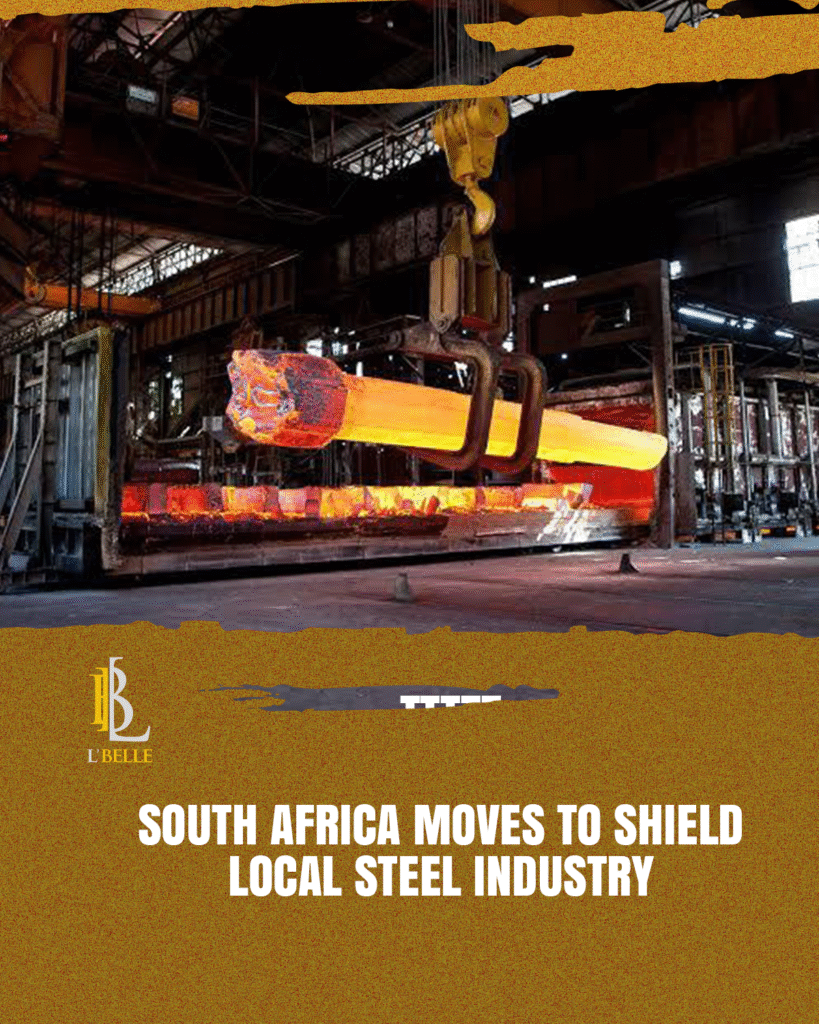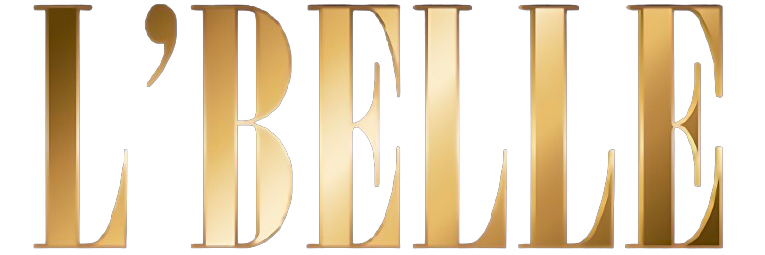South Africa moves to shield local steel industry
South Africa is taking steps to protect its local steel industry from a surge in imports, mainly from China, which accounts for around 35% of total domestic consumption.

The International Trade Administration Commission (ITAC) has proposed a series of tariff reforms, including:
- Tariff Increases: This means 10% duty on products like flat-rolled steel, bars, and rods, as well as wires, which currently have a 0% rate. Selected tube and pipe products, along with nails, would attract a 15% duty, up from 10%.
- Rebate Provisions: Duty-free inputs for certain steel products and rebate provisions for products not manufactured domestically.
- Import Controls: Incorporating standards into the import permit control system to ensure compliance.
The South African government aims to support its steel industry, which contributes significantly to the country’s GDP. The industry faces challenges such as:
- Oversupply and Weak Demand: Global steel market trends show oversupply, while local demand is weakened by high interest rates and limited fiscal space for infrastructure investment.
- Competition from Imports: Cheap Chinese imports threaten the viability of local steel producers, such as ArcelorMittal South Africa, the country’s largest primary steel producer.
- Infrastructure Challenges: Logistical inefficiencies and the need for rail and port infrastructure rehabilitation hinder the industry’s growth.
To address these challenges, the government has:
- Steel and Metal Fabrication Master Plan: Signed in 2021, this plan provides a blueprint for the industry’s growth and expansion, with an oversight council driving its implementation.
- Demand-Side Measures: Initiatives to boost local demand, such as large-scale infrastructure projects and promoting public-private partnerships.
- Supply-Side Measures: Support for local producers, including addressing deindustrialization and revitalizing infrastructure projects.


Post Comment